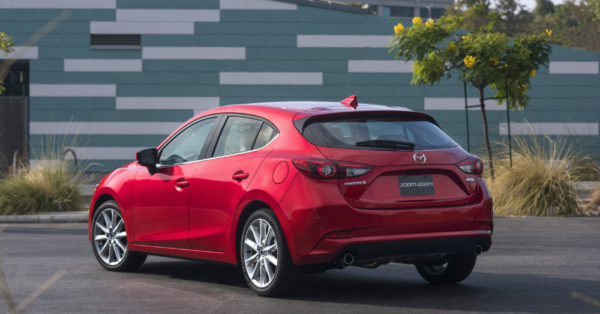Even though the technology to have a vehicle powered by a hydrogen fuel cell seems remarkably new, the reality is it’s not. This type of propulsion system has been in place for longer than the automobile with the concept of a fuel cell being demonstrated as far back as 1801. The world would have to wait a while before this technology found its way into vehicles, considering they wouldn’t be made until much later, but this actually is one of the oldest vehicle technologies we have, even though it doesn’t have widespread applications just yet.
If you thought the first fuel cell vehicle was only made a few years ago and this technology is new and a breakthrough on the market, you’d be wrong. In 1959 a tractor was presented that could move using fuel cell technology. This tractor was an Allis-Chalmers farm tractor, but this still didn’t mark a vehicle that would be able to be used on the road as one that was powered by a fuel cell, that would come later. This tractor was the mark of the first use of the technology for vehicular movement, which was built on for later use.
It wasn’t until the challenge came right from the White House to NASA to land a man on the moon before the end of the decade that a fuel cell vehicle was considered. This challenge issued in 1962 sent General Motors to work with a 200 person team in 1966 to learn how to use fuel cell technology to power a space flight. One of the first vehicles they came up with, which took ten months to complete, was the Electrovan. This van offered a range of 150 miles and had enough room for only two people to fit inside, but as you can see in this video, it was powered by a fuel cell.
This vehicle was certainly a crude representation of what a fuel cell vehicle would be. The Electrovan was based upon the GMC Hand-Van and weighed in at 7,200 pounds. The cargo space in the back was filled with the fuel cells, 32 of them, 550 feet of plastic piping and tanks for liquid oxygen, liquid hydrogen and potassium hydroxide. This was what it took to power this mean beast, but was the first real use of fuel cell technology in a vehicle that was actually able to drive on the road.
The Electrovan never left the proving grounds of GM even though it did successfully demonstrate its potential to the Progress of Power press conference in October of 1966. This van had a top speed of 70 mph, which would have worked fine for the times, but being able to power or refuel this van would have been impossible. The Electrovan now lives at the GM Heritage Center where it’s on display. The Electrovan sparked the interest in this technology and as a result, GM has put more than $2.5 billion into hydrogen fuel cell development and has partnered with Honda to help advance and develop this clean burning technology.




